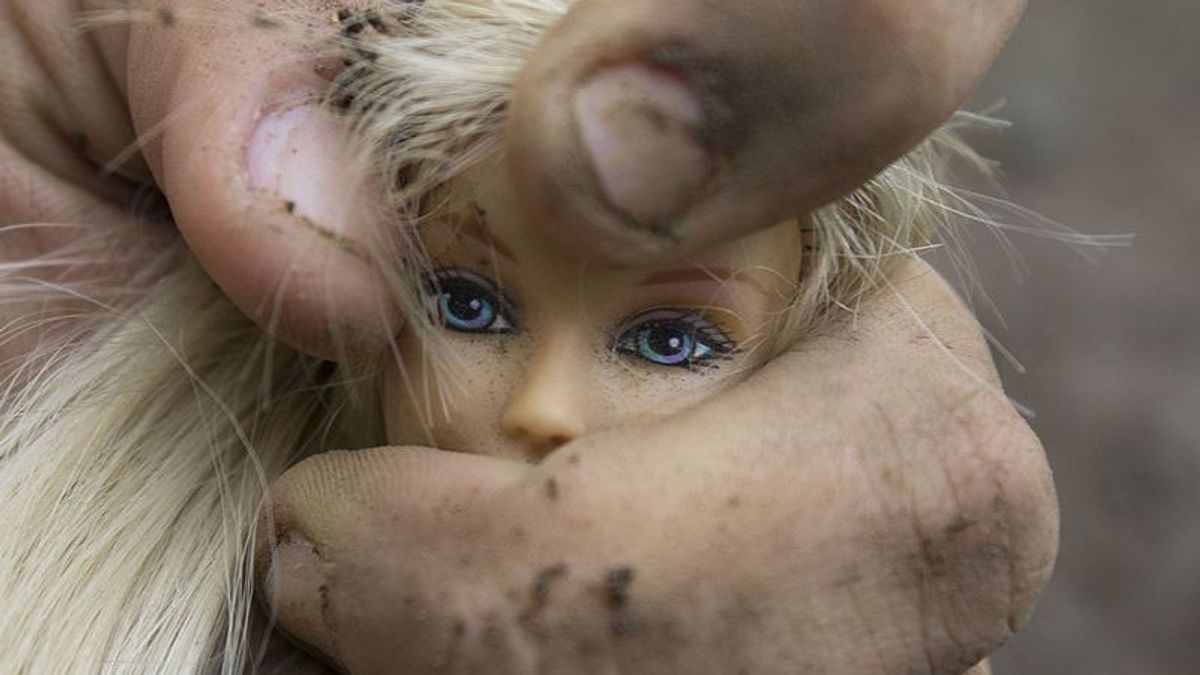JAKARTA - On March 9, 1959, for the first time Barbie dolls were displayed at the American Toy Fair, New York, United States (US). Barbie is the first mass-produced toy doll in the US with features that resemble an adult.
The woman behind Barbie was Ruth Handler, who also founded a company called Mattel, Inc. with her husband. Ruth decided to design Barbie after seeing her daughter ignore the baby doll and chose to play with a paper doll that has the appearance of a grown woman.
Ruth then realized that there was a segment in the market for children who played with imagining the future. Quoted from History, March 9 2020, Barbie's appearance was modeled on a doll named Lilli, a German comic strip character.
Initially, Lilli was marketed as a joke gift to adult men in tobacco shops. Lilli dolls later became very popular with children. Mattel, Inc. then bought the rights to Lilli and made her own version.

The Lilli doll was then named Barbie, inspired by the name of Ruth's daughter, Barbara. By sponsoring the Mickey Mouse Club TV program in 1955, Mattel became the first toy company to broadcast commercials for children.
They use this medium to promote their new toys. In 1961, consumer demand was so great for the doll that Mattel released a sweetheart doll for Barbie. Ruth named the boy doll Ken, after which her son was named.
Barbie's best friend, Midge, was released in 1963. Then Ruth returned to making dolls as Barbie's younger sister named Skipper in 1964. Over the years, Barbie made huge sales but on the other hand the doll also caused a lot of controversy.
On the plus side, many women saw Barbie as an alternative to traditional gender roles in the 1950s. Barbie can also be played as a profession that is often done by adults, from flight attendants, doctors, pilots, astronauts to Olympic athletes and even US presidential candidates.
The sin of the beauty
Even so, on the other hand, additional Barbie accessories such as clothes, cars, and the relentless 'dream house' encourage children to be materialistic. However, it was Barbie's appearance that caused the most controversy.
Her small waist and large breasts led many to claim that Barbie set an unrealistic and dangerous example for little girls and fostered a negative body image. Despite criticism, sales of Barbie-related merchandise continued to surge.
In 1993, Barbie sales reached up to 1 billion dollars. Since 1959, more than one billion dolls in the Barbie family have been sold worldwide and Barbie is now a global icon. In 2011, the non-governmental organization Greenpeace launched a campaign in which one of its activists dressed like Ken, Barbie's lover.
The activist brought a banner to Mattel's office that read: Barbie We Break. I don't want a boyfriend who's involved in deforestation.
Reporting from the page greenpeace.org, the Barbie company is known to use products from Asia Pulp, a company that continues to depend on clearing forests for pulp and paper. The clearing of these forests has the potential to destroy the world's climate, adversely affect local communities and endangered animals such as the Sumatran tiger.
Mattel later issued a statement saying that it had "launched an investigation into suspected deforestation". Mattel also claims to have developed a no-deforestation policy for its Barbique products, but the company did not provide details on how they would implement this policy.
The English, Chinese, Japanese, Arabic, and French versions are automatically generated by the AI. So there may still be inaccuracies in translating, please always see Indonesian as our main language. (system supported by DigitalSiber.id)










